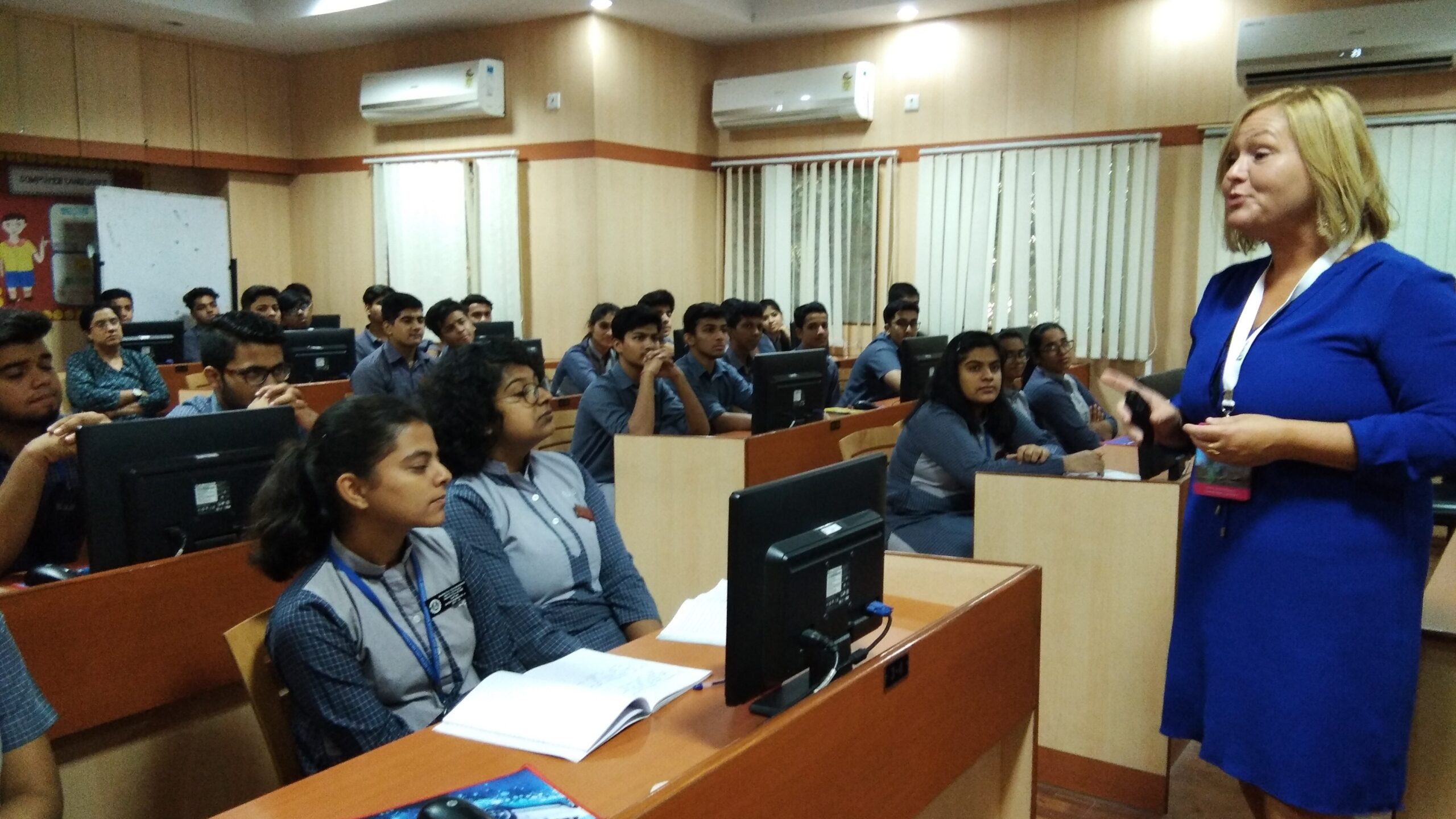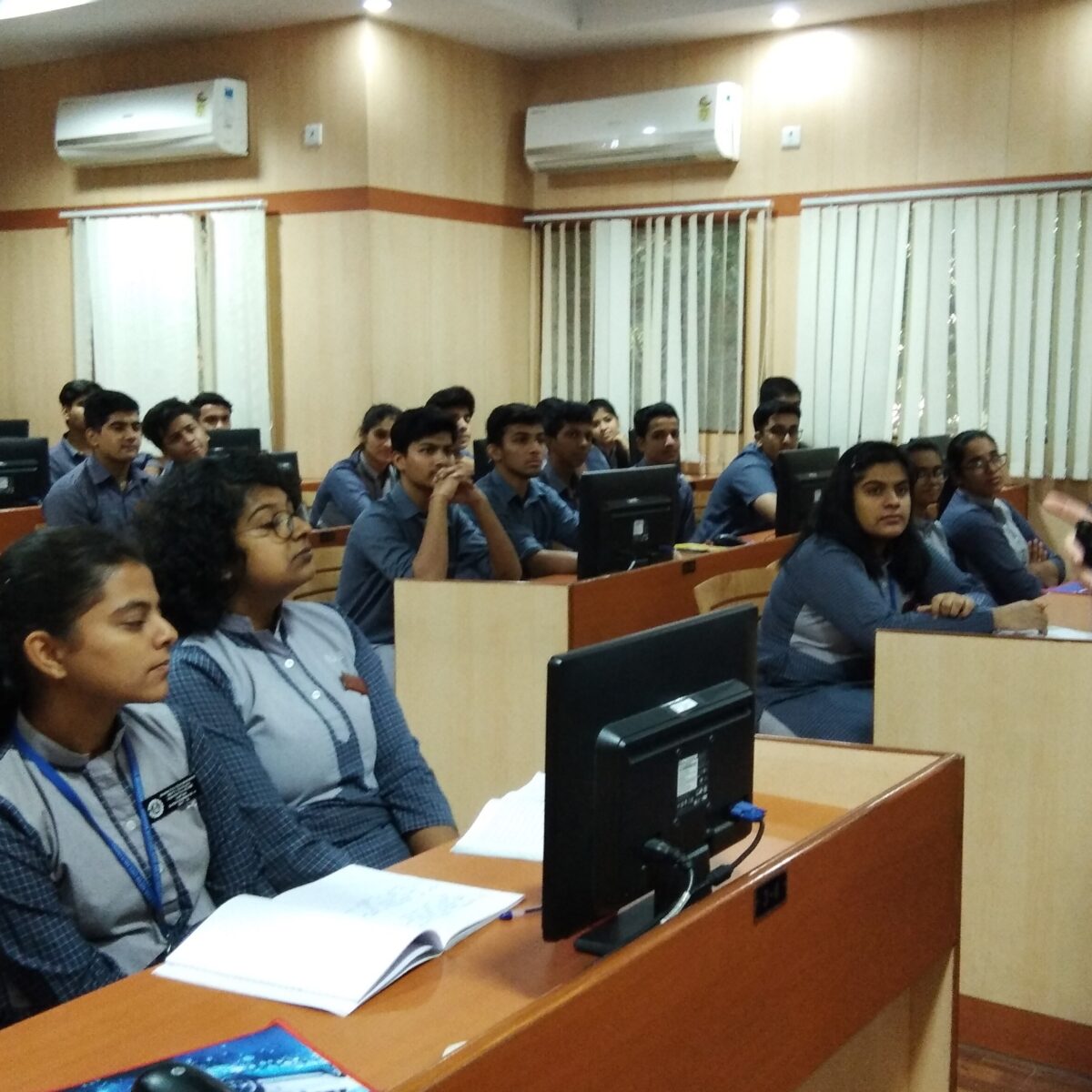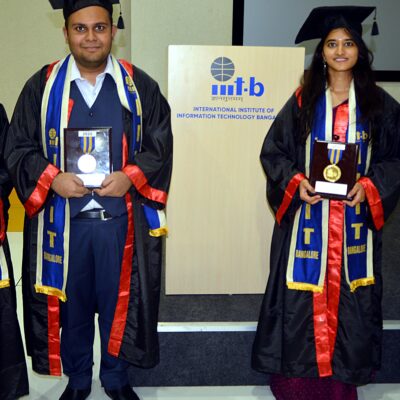
India is a subcontinent with astounding diversity. It is reflected in many aspects including its higher education system, which is as heterogeneous as it gets.
However, this heterogeneity stems from the various practices within different State boundaries, due to which the higher education system and institutions operate in silos, restricting even inter-university mobility of students, faculty members, and researchers within a State.
Promoting diversity would not only strengthen the higher education system, but also fortify the foundations for re-establishing real world-class institutions in India and internationalising Indian higher education.
Despite the inter-state differences, India is one big, centrally regulated educational space, unlike the European Higher Education Area (EHEA), which is the fruit of the Bologna Process.
However, the sector is highly disjointed, with various states and their institutions working separately with different administrative policies, curricula, quality parameters etc.
This is where the Indian Government needs to ‘bolognise’ the sector and anchor a whole plan of creating a practically working national grid for higher education in which all the stakeholders are incentivised and encouraged to improve quality, enhance equity, and determine common and comparable standards for mobility.
Bologna Process
To this end, India can take a cue from the Bologna Process implemented in Europe, which aimed at aligning various higher education systems of several member countries of Europe into one coherent common system, among other things.
The process also targeted establishing equivalence of higher education provided by various member countries, besides aiming at enhancing the quality of and access to higher education and promoting student mobility.
These objectives are the prime goals of any higher education policymaker the world over. While access, excellence, and equity are usually the focus of policymaking in the Indian context, the mobility of students gets hardly any spotlight.
A basic comparison between India and Europe would illuminate the feasibility of such a process. There are 28 States in India, just one short of the number of member countries that were originally part of the Bologna initiative in 1999.
European Union has 24 official languages vis-à-vis 22 official languages in India. In terms of geography, there are 49 countries as members of the harmonised higher education landscape called European Higher Education Area (EHEA), which is far bigger than India.
However, Europe has comparatively a smaller population. With all these challenges, the Bologna Process successfully established one harmonised higher education region, removing unnecessary impediments between member nations and their institutions and promoted mobility.
Creating such a practically working mechanism requires two key elements: A well-functioning system and incentives for stakeholders to onboard the system.
Pathways for Mobility
Many systemic initiatives introduced by the UGC following the National Education Policy 2020 act as jigsaw pieces, which would fit together to create a system that will promote mobility of students.
Take, for instance, Academic Bank of Credit (ABC), which helps in the accumulation, retrieval, and transfer of academic credits. All the students enrolled will get a unique identification number that helps track their progress from the school level itself, regardless of the institutions and programmes they continue to study.
This has already been initiated and is at various degrees of achievement across the country. Thus, the pathway for mobility is being created for students to do a single programme from multiple institutions, based on the academic credits on the ABC platform.
However, this may not enable the mobility of students even between those institutions that are equally ranked, accredited, and popular, because of lack of incentives to do so.
Incentivising Mobility
Institutions that promote student mobility may be financially incentivised in terms of annual block grants from the Central government. Or, the grants may be based on the number of students from other institutions enrolled with them for completing a part of a programme.
The UGC or the Ministry needs to provide financial incentives for mobility, or else the full potential of ABC will remain untapped.
Research proposals submitted for Central funding from agencies like UGC, DST, SERB etc. may be prioritised for institutions that have a track record on student mobility.
Further, joint proposals from faculty members working in multiple institutions may be prioritised over proposals from a single institution.
Additional weightage may be given during the accreditation and ranking process to institutions that facilitate student mobility.
Regulatory liberty may be accorded to those institutions that encourage the mobility of students, similar to the categorisation of universities by the UGC.
Autonomy always helps institutions and is a big motivator.
Enhanced student mobility would impact faculty mobility as well. Faculty mobility may be relatively tricky due to legal and monetary issues.
However, incentives could certainly be finalised to promote faculty mobility across higher education institutions, and at a later stage between academia and industry or bureaucracy.
Conclusion
Quality of higher education improves with increased diversity of faculty and students. For this to happen, knowledge creators need to collaborate and interact seamlessly and constantly.
An enabling incentivising policy alone could promote a climate conducive to such mobility. With the NEP also according importance to internationalisation of our system, the quality must be improved expeditiously, so that when overseas institutions intensify their plans and increase their presence, domestic universities come up trumps.
A highly networked and mobile Indian higher education is a prerequisite for an “Indianised internationalisation” of the sector.





